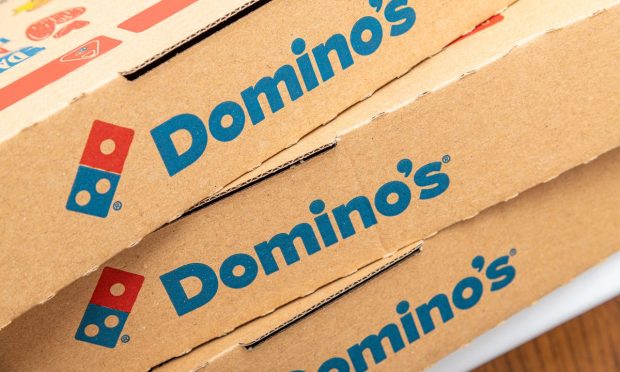Domino’s Gives in to Uber Eats as Resisting Becomes Unfeasible

With aggregators having become a key part of how consumers discover and access restaurants, Domino’s — a brand that had been conspicuously and deliberately absent from these third-party marketplaces — has finally caved.
The quick-service restaurant (QSR) giant, which spans more than 20,000 locations around the world, announced Wednesday (July 12) that it has struck an agreement with Uber Eats and Postmates, pilot testing its availability on the aggregators’ marketplaces in select markets in the fall before rolling out nationwide before the year’s end.
“Now that aggregators are at scale, the next logical marketplace for us to enter is order aggregation,” the brand’s CEO Russell Weiner said in a statement. “Our research in the U.S. and learnings from 13 of our international markets has shown us that taking orders using the Uber Eats Marketplace provides access for Domino’s and its franchisees to a new segment of customers and what we believe will be a meaningful amount of incremental delivery orders once it’s widely available.”
Orders placed on the platform will be delivered through Domino’s existing in-house network of drivers. As such, the benefit of this partnership for the pizza brand is limited to the ability to reach consumers on Uber Eats’ marketplace and does not extend to the labor and logistical benefits other restaurant brands leverage aggregators for.
It seems, then, that the aggregator is no longer dealing with the delivery capacity issues it struggled with last year, when it was unable to fulfill demand due to labor challenges. Now, it seems, Domino’s is dealing with the opposite challenge, seeing declines in delivery as pickup grows.
In the past, however, Domino’s has not only abstained from aggregators. The brand has cast doubt on the very model.
“We struggle a little bit understanding the long-term economics in some of the aggregator businesses,” Domino’s then-CFO Stu Levy said on a call with analysts in 2021. “You know, in 60 years, we’ve never made a dollar delivering a pizza. We make money on the product, but we don’t make money on the delivery, so we’re just not sure how others do it.”
Certainly, aggregators are key to reaching younger restaurant customers. According to research from PYMNTS’ exclusive report “Connected Dining: Third-Party Restaurant Aggregators Keep the Young and Affluent Engaged,” which drew from a survey of close to 2,300 U.S. adults, roughly 40% of consumers have used an aggregator at least once in the last six months, and that share jumps to 69% for Generation Z.
Plus, aggregator users are stepping up their order frequency. PYMNTS data found that 44% of aggregator users made more purchases via aggregators this year than last year.
Domino’s is not the only restaurant brand to make compromises on its aggregator stance this year. Earlier this year, Starbucks expanded its partnership with DoorDash, which itself came after years of the coffeehouse giant’s notable absence from the platform.
As such, it seems that restaurants are finding that they do not have the leverage they would like to with aggregators as consumers increasingly turn to these third-party marketplaces. Rather, holding out may hurt the restaurant more than the marketplaces.

